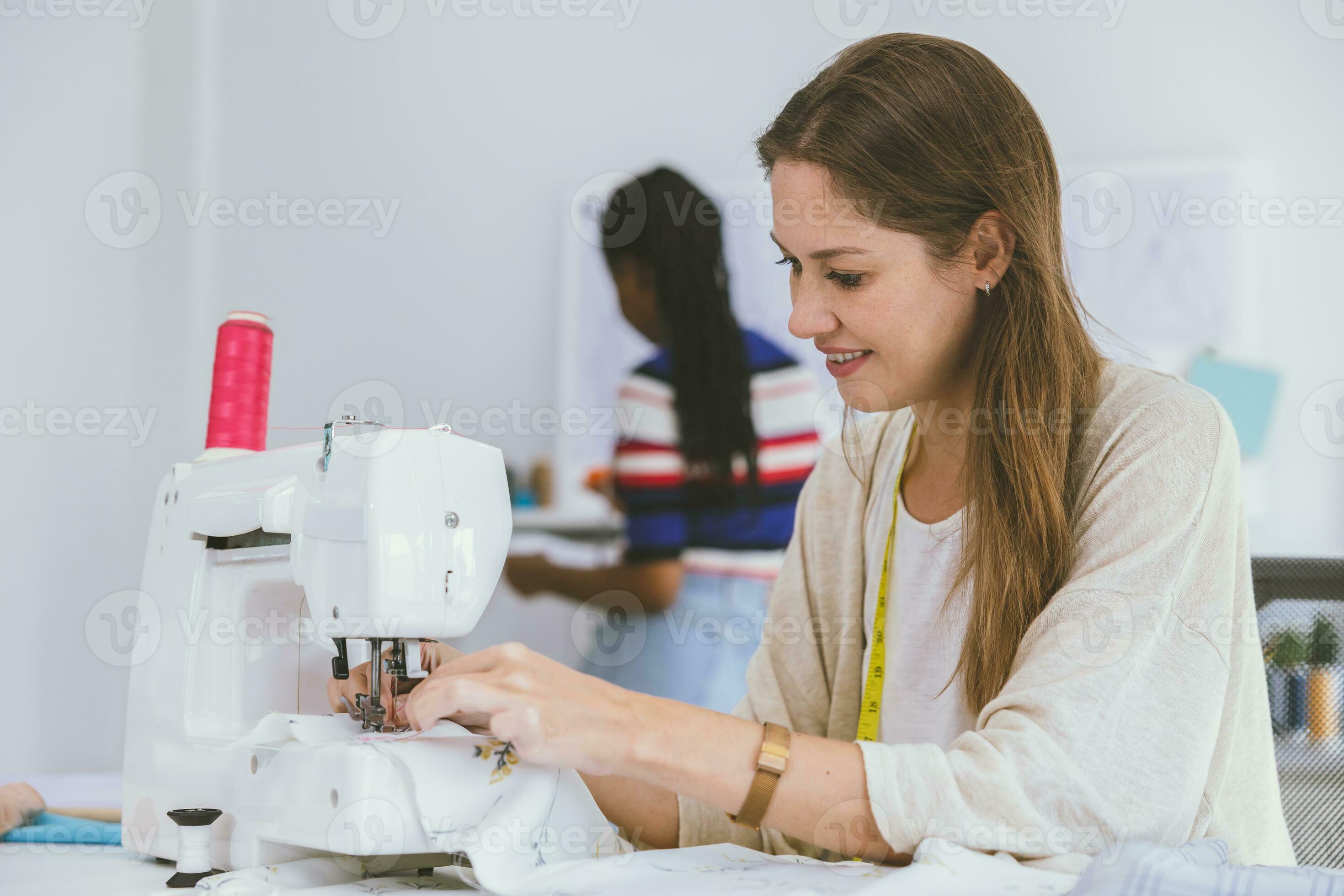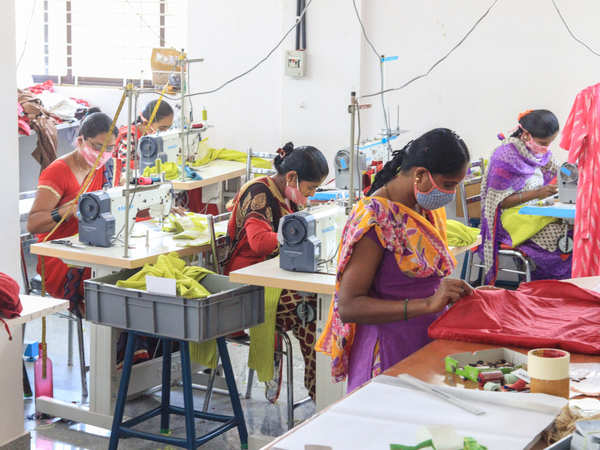Specialist Tailor Perth: Crafting Custom Suits for Every Celebration
Wiki Article
Comprehending the Tailoring Refine: From Material Choice to Final Suitable for the Ideal Wardrobe
The tailoring process is a complex interplay of art and science, beginning with the vital decision of material choice and finishing in the exact adjustments of last fittings. Each fabric type brings distinct top qualities that influence not just the aesthetic appeal however also the garment's long life and viability for numerous events. Comprehending the nuances of customizing strategies can boost one's closet to unmatched levels of class. As we explore these elements even more, one must think about just how also the smallest information can significantly influence the general outcome of one's personal design.Relevance of Fabric Option
Picking the appropriate material is vital in the tailoring procedure, as it straight affects the comfort, durability, and overall visual of the last garment (tailor perth). The choice of fabric sets the foundation for the garment's style, efficiency, and performance. Different textiles possess distinct buildings, such as weight, stretch, and breathability, which can considerably impact exactly how the garment drapes and fits the bodyMoreover, textile selection affects the garment's long life and convenience of care. Premium fabrics can stand up to damage, keeping their look and structure gradually, while lower-quality materials may cause pilling or fading. Furthermore, the ideal textile adds to the garment's capability to change throughout periods and celebrations, thereby boosting adaptability.
A customized item made from a proper fabric not only showcases craftsmanship yet likewise raises the user's self-confidence. Subsequently, understanding the nuances of textile choice is vital for any customizing endeavor. It makes sure that the end product not only fulfills the aesthetic desires of the customer however likewise lines up with practical needs, thereby achieving a harmonious balance between type and feature in the tailored closet.
Kinds of Fabrics and Their Uses
Recognizing the numerous kinds of textiles available is important for making educated choices throughout the tailoring procedure. Each material has distinct characteristics that determine its suitability for details garments and celebrations.Cotton, understood for its breathability and softness, is suitable for sportswear and summer season apparel. Its versatility enables it to be customized into every little thing from t shirts to outfits. Wool, on the various other hand, is preferred for its heat and framework, making it an outstanding selection for official matches and outerwear - tailor perth. Its natural elasticity aids garments keep shape with time.
Silk radiates high-end and is lightweight, making it best for eveningwear and delicate blouses; nevertheless, it calls for careful handling due to its frailty. Linen, with its distinctive surface, is a prominent selection for cozy climates, supplying a airy and crisp feeling, however it wrinkles conveniently, which might affect the garment's look.
Artificial materials, such as polyester and nylon, deal toughness and resistance to wrinkles, making them suitable for day-to-day wear and energetic garments. Recognizing these material types and their residential properties enables much better decision-making, guaranteeing that each customized item not only fits well but more tips here also straightens with the intended purpose and event.
The Tailoring Methods Described
The art of customizing counts on a range of methods that change material into well-fitted garments. Central to this process is pattern composing, where a dressmaker develops design templates based on the client's measurements and wanted design. This first action makes sure that the garment will certainly fit the user correctly prior to any type of reducing occurs.As soon as patterns are developed, cutting strategies enter play. Precision is extremely important as inaccuracies can bring about misfitting garments. Tailors typically make use of numerous reducing techniques, such as single-layer cutting for detailed layouts and multiple-layer cutting for performance on standard patterns.
Basting is an additional essential technique, allowing tailors to temporarily stitch material pieces together for an initial fitting. This method offers the possibility to evaluate the drape and overall silhouette prior to final sewing.
Seaming techniques, including french joints and flat-felled seams, enhance the garment's toughness and aesthetic appeal. Tailors likewise utilize strategies such as interfacing and extra padding to provide structure and shape to specific locations, like collars and shoulders.
Last but not least, finishing strategies, including hemming and side ending up, guarantee the garment's durability while providing a refined look. Together, these methods create the backbone of efficient tailoring, causing splendid, custom-fit clothing.
Suitable Changes and Factors To Consider

Secret factors to consider consist of the shoulder fit, which ought to neither sag neither limit activity, and the sleeve length, which need to enable comfy arm activity while keeping a refined look. Furthermore, adjustments at the waist can fine-tune the silhouette, with alternatives to let out or take in fabric as needed.
The increase of trousers is one more critical element; it must rest pleasantly above the hips without triggering discomfort, permitting ease of activity. Hemming sizes for both trousers and skirts should show the user's favored design while valuing percentages.

Preserving Your Tailored Wardrobe
Constantly comply with the care label guidelines, which might recommend dry cleansing for fragile materials or maker cleaning for even more sturdy materials. Prevent regular laundering, as this can put on down the textile and modify the garment's form.Storage space is similarly vital; use cushioned hangers for jackets and layers to preserve shoulder structure, and look at this now shop pants folded up neatly or hung to stop creasing. Protect garments from straight sunshine, which can fade shades and damage fibers.
Additionally, routine assessments for minor repairs can protect against bigger problems. Examine for loosened switches, fraying joints, or indications of moth damage, addressing these troubles quickly to keep the garment's stability.
Finally, consider seasonal rotation. Wearing tailored pieces in moderation allows materials to recoup, prolonging their life-span. By implementing these maintenance strategies, you can make sure that your tailored garments stay as immaculate as the day you initially wore them, enhancing your suitable wardrobe for many years to find.
Final Thought
The customizing process, encompassing textile option, skilled techniques, and precise suitable modifications, plays a vital function in creating garments that enhance both convenience and design. Understanding the importance of upkeep prolongs the life of tailored garments, strengthening their value in a well-curated wardrobe.Selecting the best fabric is essential in the tailoring procedure, as it directly affects the comfort, resilience, and general visual of the last garment. The option of fabric establishes the foundation for the garment's design, efficiency, and capability. Various fabrics have distinct properties, such as weight, breathability, and stretch, which can substantially influence exactly how the garment drapes and fits the body.
The art of tailoring depends on a variety of techniques that transform fabric right into well-fitted garments.The tailoring procedure, encompassing textile option, knowledgeable strategies, and precise fitting modifications, plays an important function in developing garments that improve both convenience and style.
Report this wiki page